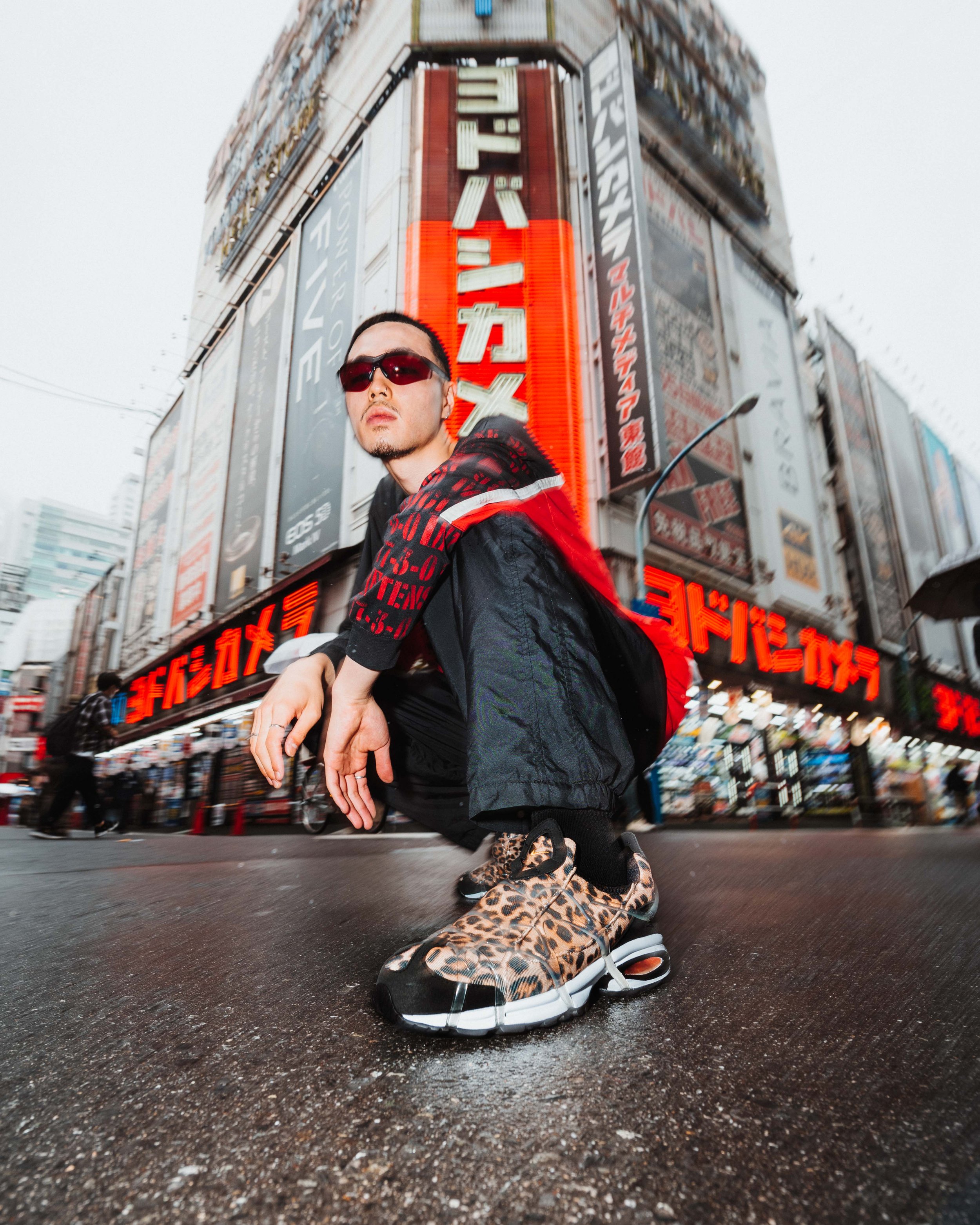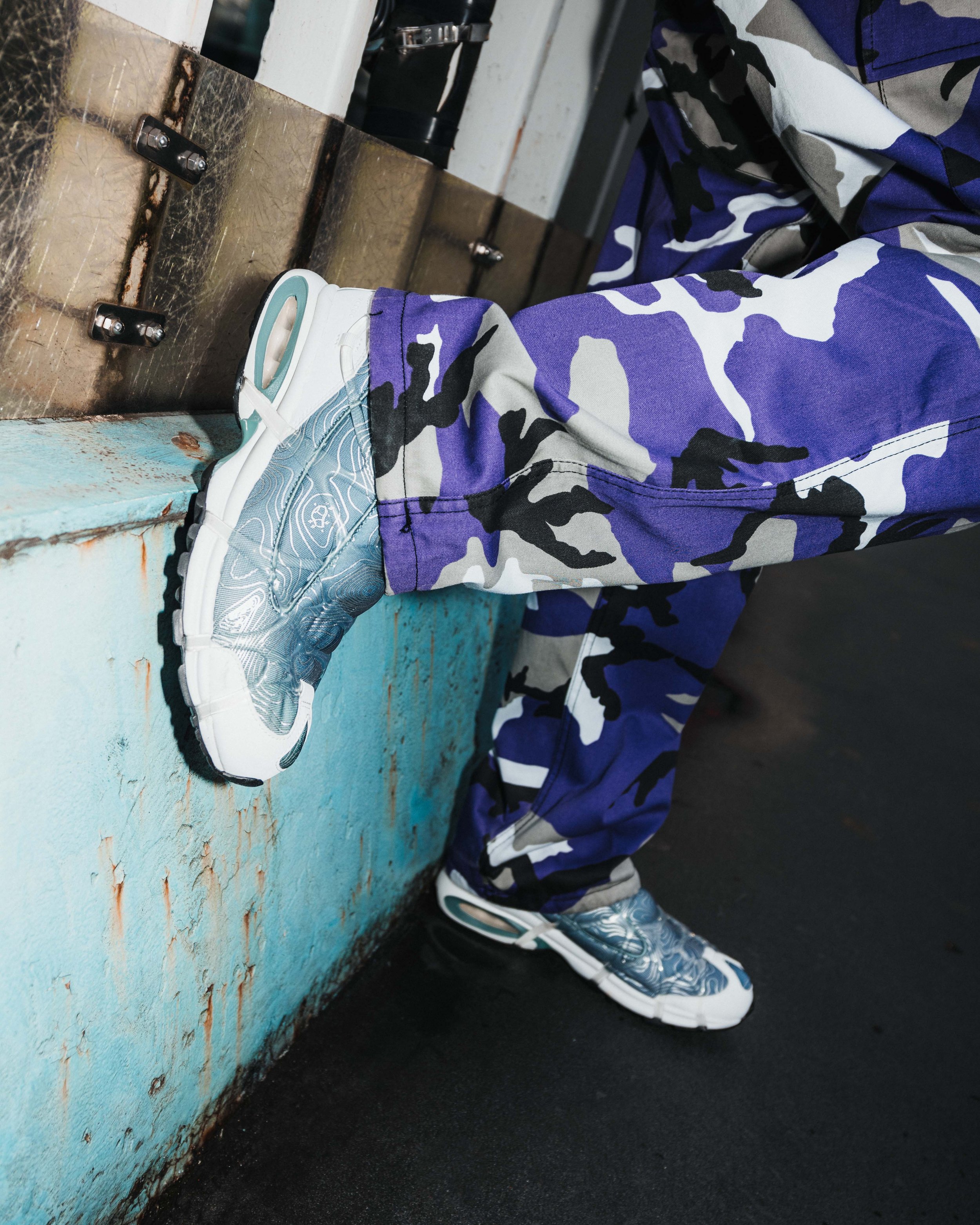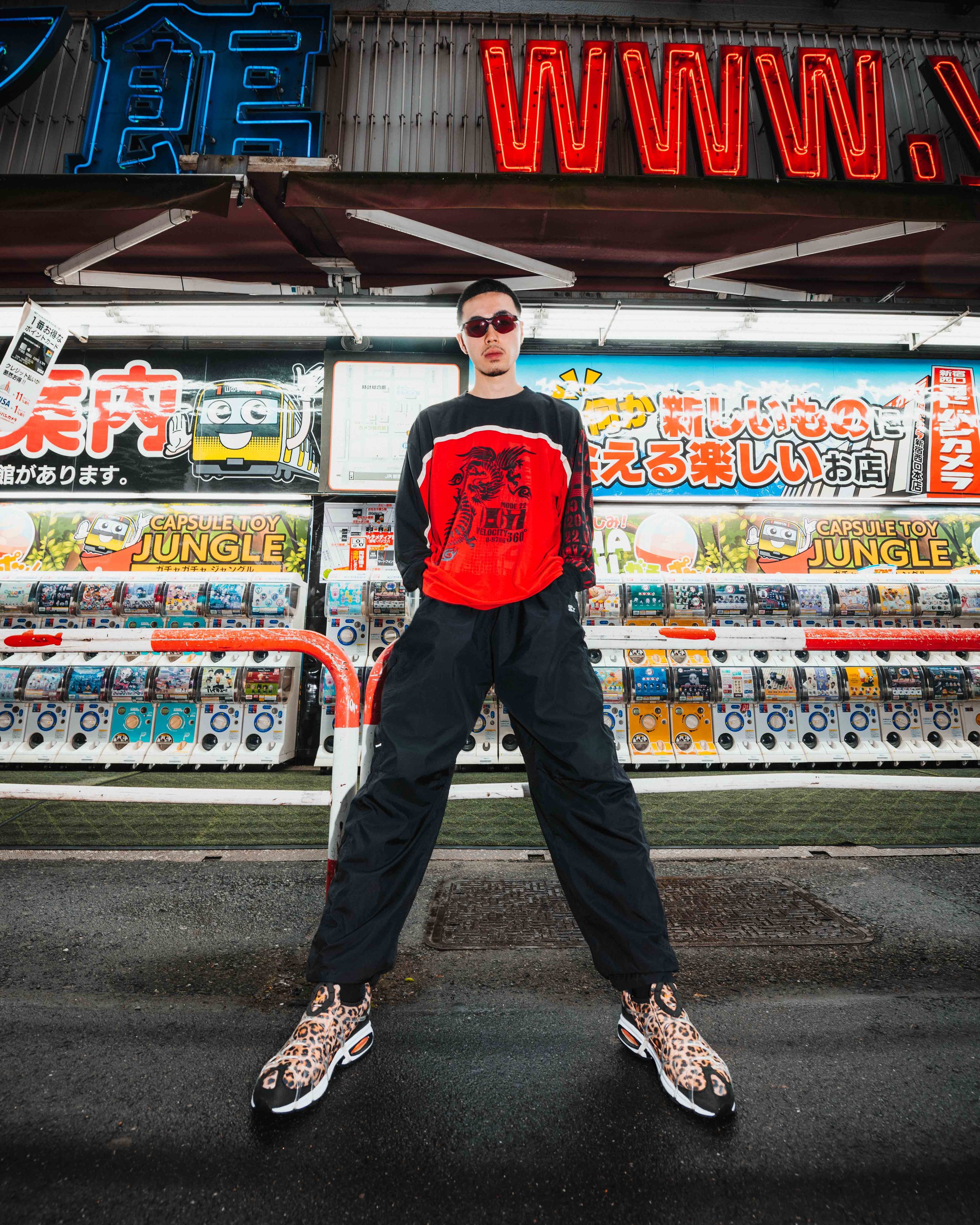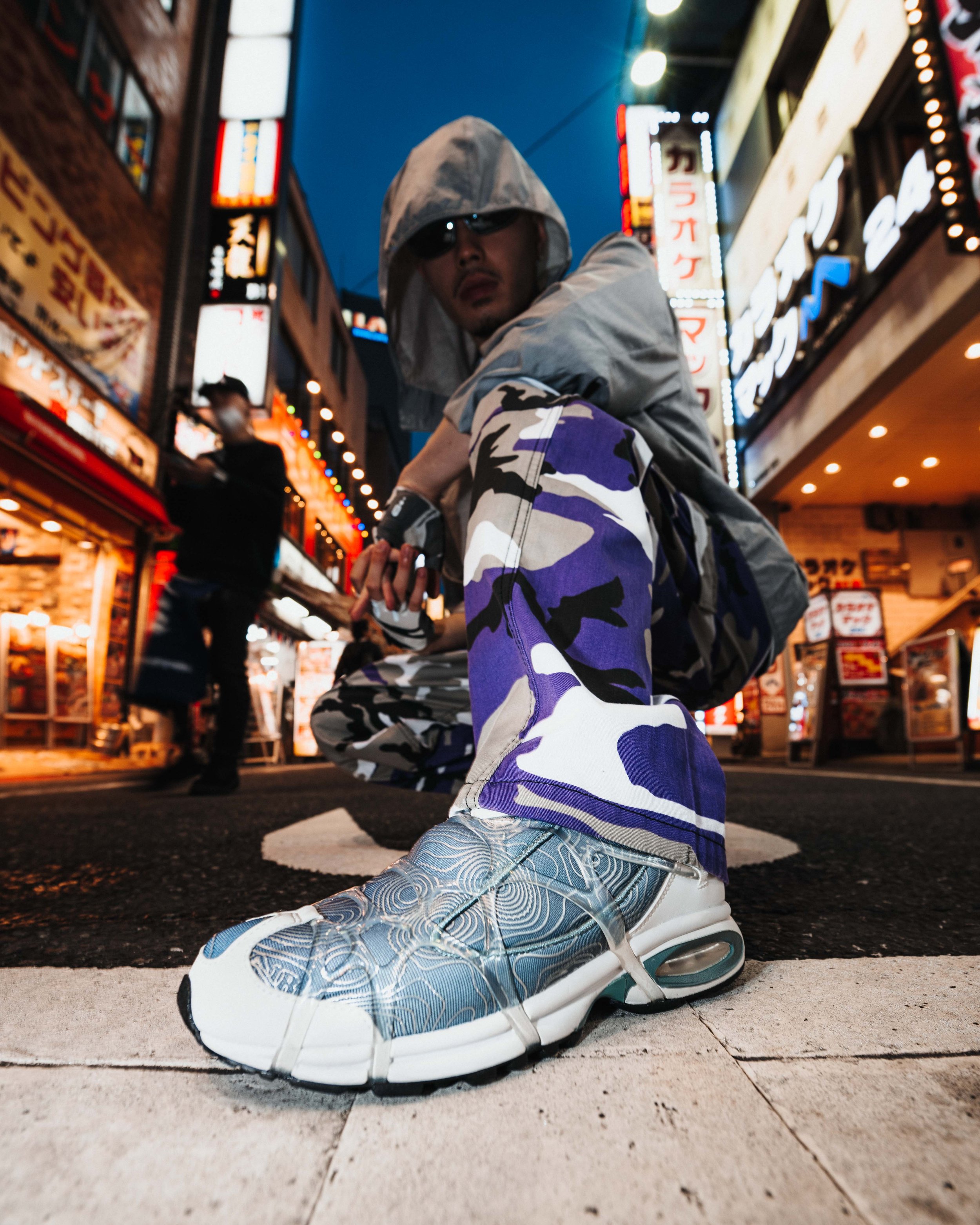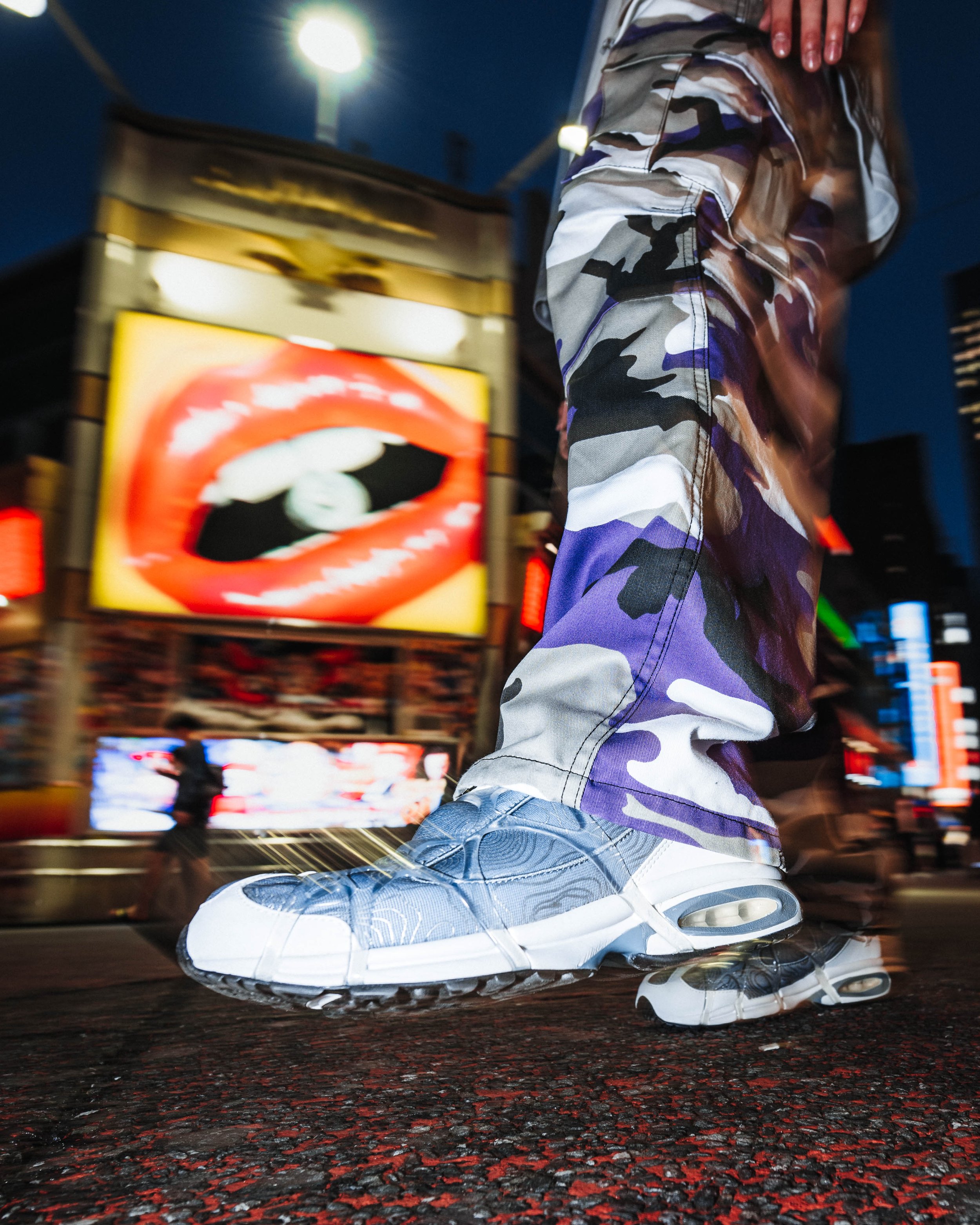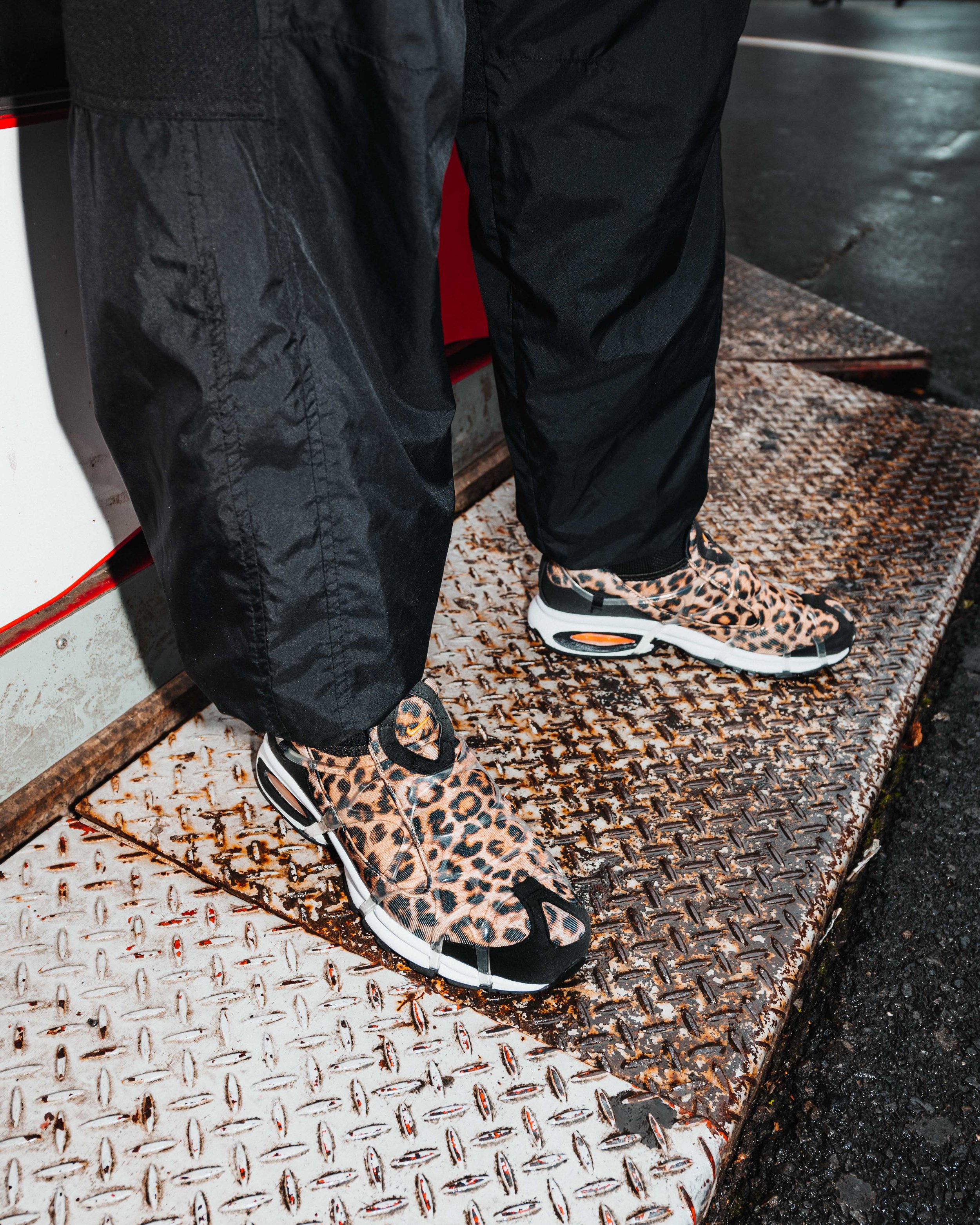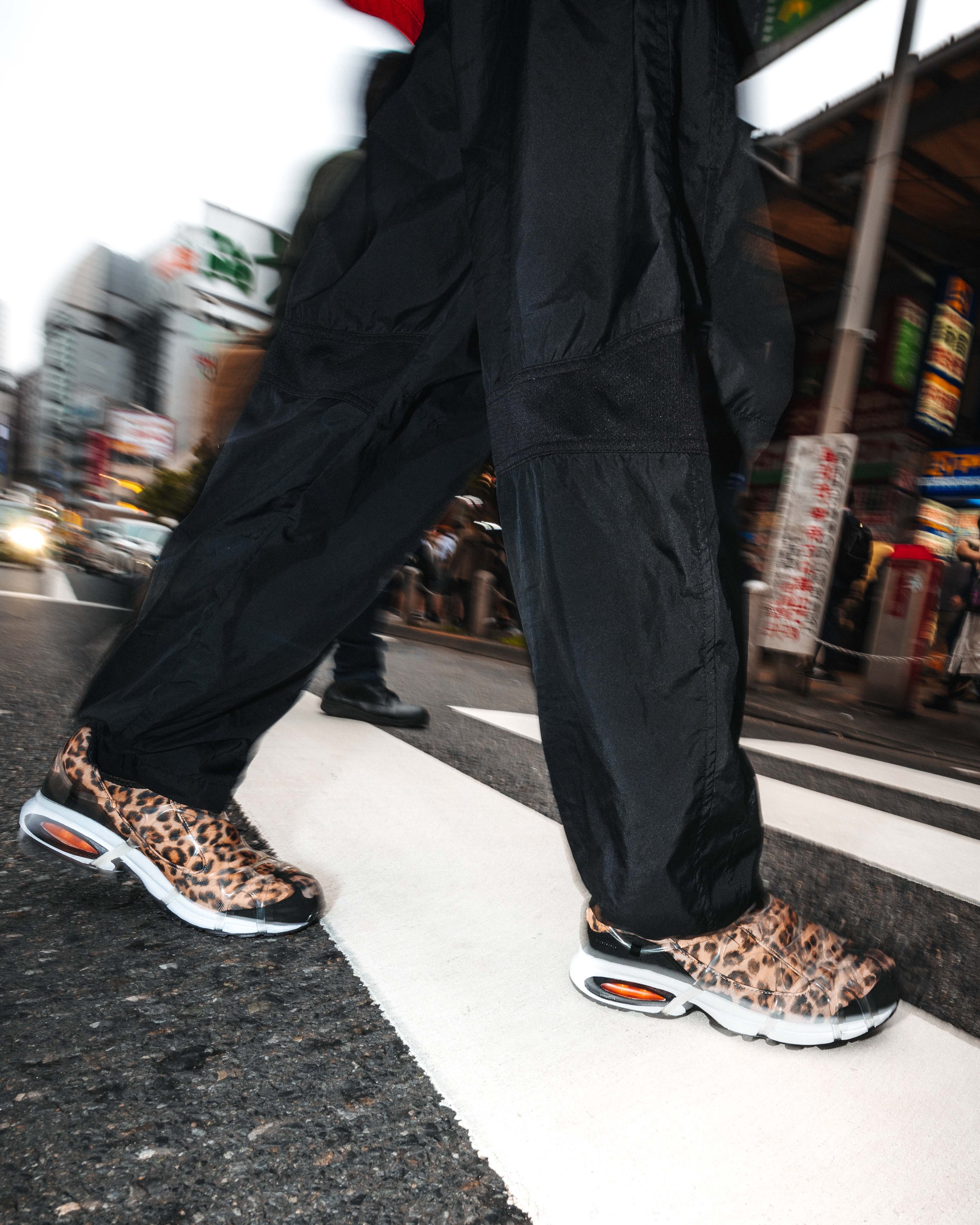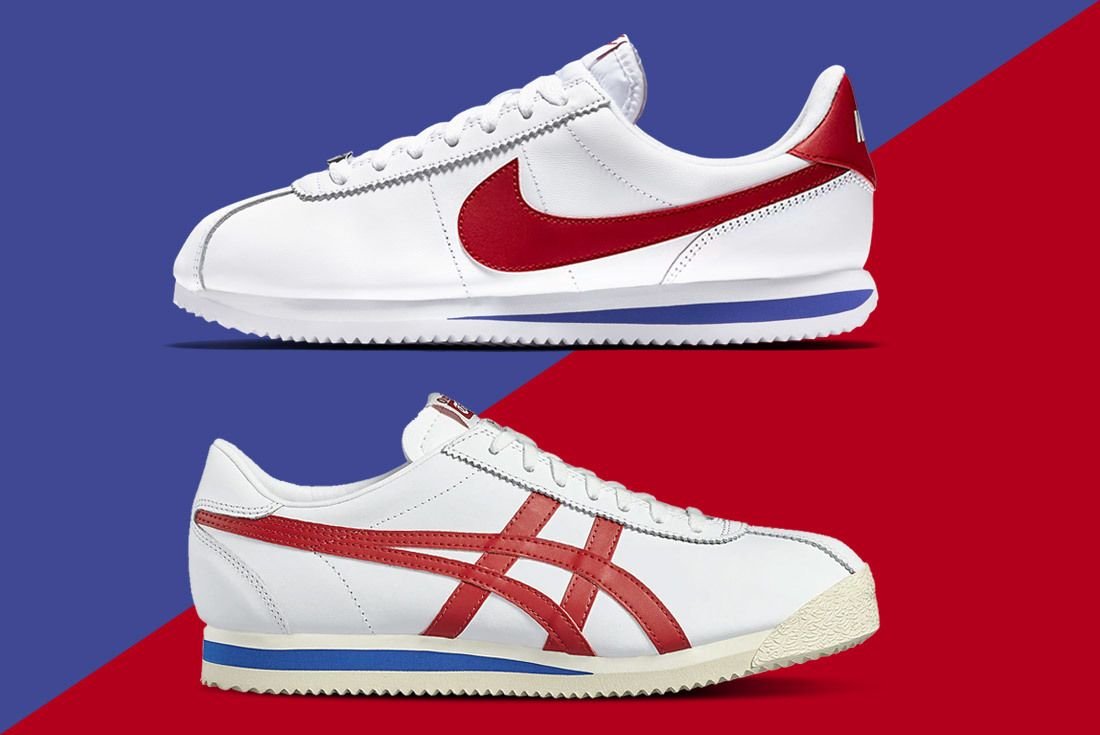Exploring the Ura-Hara roots of the Nike Air Kukini

Technology has enabled us to stride in ways unthinkable and run in directions previously unimaginable.
At its core, sneaker brands like Nike are pioneers of cutting-edge sportswear technologies that push the boundaries of what is humanly possible with performance-enhancing sporting peripherals. Air technology might continue to be the American sportswear giant's flagship innovation, but the air bubble alone did not define the swoosh's trailblazing legacy.
With their wealth of knowledge and industry-leading initiative for advancement, Nike has come out with products that span from ground-breakingly influential to head-scratchingly irrelevant. But between the Air Maxes and the Choads exists products that become legendary among small communities and sometimes even cause an isolated cultural phenomenon.
Substance over style, yet an emphasis on its gimmick, the Nike Air Kukini is a sneaker most memorable for sneakerheads from the Y2K era. Released in the year 2000, the slip-on sneaker was part of the short-lived Alpha Project initiative. A silhouette characterized by its iconic TPU Foot Web overlays over the Dynamic Stretch Mesh material that opened limitless possibilities as far as prints go, it was arguably one of the swoosh's most progressive creations at the time. While the years were rather brutal for most of the Alpha Project sneakers, the design-forward initiative was not all for nothing.
The turn of the millennium represented a time in human history filled with hopes and dreams for a brighter future, and for Nike, this also called for a new beginning. Characterized by the five dots branded on their sneakers, the objective for the newly launched sub-label was simple; push the limits of the wearer's performance, and innovate on the creative discipline of sneaker design. If we're being particular, the Alpha Project launched in 1999, intending to identify and solve product performance problems through collaborations with Nike's athletes.
With Michael Morrow as the initiative's Global Creative Director, Nike first kicked off the Alpha Project line with the release of the Air Zoom Citizen, the Air Zoom Beyond, and the Air Zoom GP, each catering to their respective sports. Not only were they putting emphasis on close collaboration with athletes, but with each project came serious marketing efforts, even enlisting Hollywood talents like Michael Bay to direct their ads.
The Air Kukini, in particular, was designed by Sean McDowell, otherwise known as the man who birthed the Air Max Plus. Of course, McDowell is an industry legend whose resume goes far beyond just designing classic sneaker silhouettes. However, for this part of his career, the American industrial designer worked with triathlon athlete Mark Allen to solve issues prevalent in the sport, true to the initiative's intentions.
To deal with the water weighing down traditional materials that make a sneaker, McDowell decided that a heavily perforated upper and sole would counteract the primary issue. While the prototype fulfilled a truly amphibious sneaker concept, the retail version streamlined the design, making the Air Kukini 2003 a closer representation. Ditching the traditional lace system for the TPU Foot Web overlays, the laceless construction was inspired by Olympic alpine skier Picabo Street's ski suit, circling back to the performance-first ethos of the project.
The early 2000s had no shortage of futuristic-looking sneakers. Although we fondly refer back to it as the Y2K era, no different from today, sneaker brands were in a race to capture the imagination of the new millennium. As Morrow and the Alpha Project team continued to push out advertisements for the slip-on sneaker, another release was right around the corner.
Close readers may have realized earlier, but it turns out the year 2000 was also when Alpha Project released the timelessly classic Air Prestos. Although the arrival of the t-shirt for your feet and its massive success over Western cultures may have spelled the death of an otherwise great sneaker, the Air Kukini found a home on the other side of the world: Japan.
A thriving sneaker capital unlike anywhere in the world, the first technical sneaker boom occurred in the mid-90s, solely caused by none other than the Air Max 95s. Due to the low stock of the model, a cultural phenomenon ensued where people's air maxes were being robbed off their feet, escalating to a point where gangs started to get involved in reselling fake pairs.
Albeit not as violent, the second technical sneaker boom came with the launch of the Alpha Project. Whereas the first boom was explosive yet short, the second boom saw a sustained rise in the popularity of technical sneakers, helped along with the growing influence of Urahara designers.
Unconventionally, the Air Kukini was initially popular among sneakerheads at the time but saw mass adoption among the general public over earlier Alpha Project sneakers like the Zoom Haven and the Air Zoom Seismic. A departure from the structure of a traditional technical sneaker, along with bodaciously colorful prints made possible by the Dynamic Stretch Mesh material also resulted in a surge in popularity among women. Cosigns from Urahara legends Hiroshi Fujiwara and popular gravure idols such as Kawori Manabe only helped heighten the slip-on sneaker's popularity.
What could only seem as inevitable in hindsight, similar to the Zoom Haven, the Air Kukini being an Alpha Project release, also received an avant-garde makeover by none other than Junya Watanabe. COMME des GARCONS being the trailblazers of the high fashion sneaker collaboration phenomenon ever so prevalent today, the seal of approval by Eastern fashion royalty only elevated the sneakers' defacto "it" status.
Adding fuel to the fire, among the plethora of co.jp exclusive colorways, the eccentric Alpha Project sneaker saw a collaborative campaign with Coca-cola commemorating the Sydney Olympics. Participants were given the chance to buy the ultra-exclusive pair by collecting Coca-cola bottle caps, which caused an absurd sight of Japanese sneakerheads foraging bottle caps from trash cans.
While there have been a handful of iterations throughout the years, the OG Air Kukini is finally set to make a comeback after 22 years. As a surge in popularity for the Y2k aesthetic continues to rage on, Millenials and Gen-Z kids will be able to get their hands on 2 retro-inspired colorways that will hit the shelves at stores like CL20 very soon.
Channeling the Ura-Hara energy of the Air Kukini, we took to the Tokyo streets for an editorial that references the Y2k style and reinterprets the silhouette through the sabukaru Lens.
Words by Kensuke Kitamura
Editorial Credits
Producer: Marta Espinosa / Bianco Bianco
Photographer: Natsuki Ludwig
Videographer: Adrian Bianco
Stylist: Dominika Szmid
Model: Takahiro (Wizard Models)





